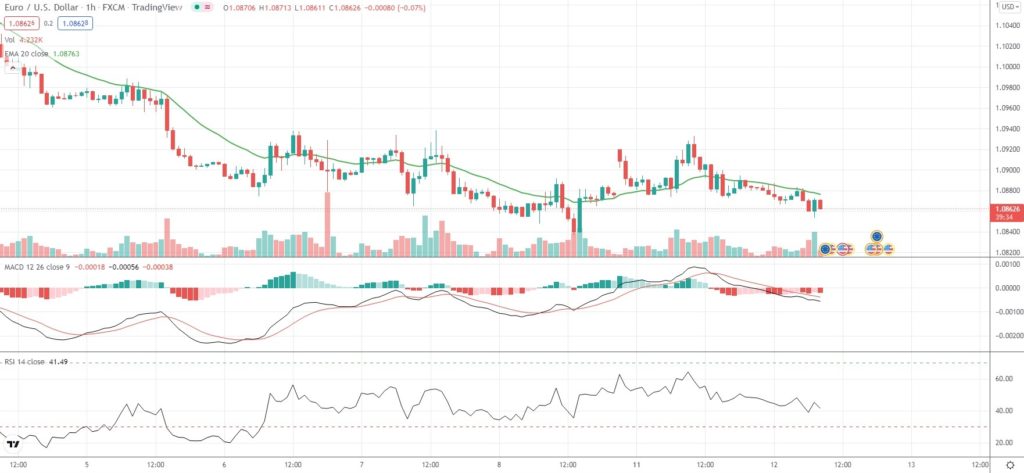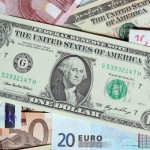EUR/USD did not manage to hold on to Monday’s slim gain after French President Emmanuel Macron’s victory over far-right challenger Marine Le Pen in the first round of presidential voting.
“The bottom line, then, is that we are where we were before yesterday’s vote,” Rabobank analysts wrote in an investor note.
“Macron looks set to return to office following the April 24 vote but the scale of his victory is likely to be far smaller than when he was seen as an upstart five years ago and likely slim enough that the political earthquake that would be a Le Pen victory cannot be entirely discounted.”
Meanwhile, the US Dollar remained strong ahead of the key US inflation data, while drawing support from rising US Treasury yields.
The US Dollar Index was up 0.13% on Tuesday to 100.103, while testing last week’s near two-year high of 100.19.
US consumer price inflation probably accelerated at the fastest annual rate in 16-1/2 years in March, according to market consensus.
A red-hot inflation figure would reinforce market expectations of aggressive policy tightening by the Federal Reserve.
According to CBA analysts, since the market has not yet fully priced in a 50 basis point rate hike at each of the upcoming two FOMC meetings, the US Dollar could advance even further.
“We expect the dollar to stay bid and lift to the pandemic high of 103 pts in coming months,” the analysts wrote in a note, cited by Reuters.
The yield on benchmark US 10-year bonds climbed as high as 2.836% on Tuesday, or a level unseen since December 2018, while the yield on US 30-year Treasuries rose to 2.86%, or the highest level since May 2019.
As of 8:14 GMT on Tuesday EUR/USD was edging down 0.13% to trade at 1.0869. Last Friday the major Forex pair slipped as low as 1.0836, which has been its weakest level since March 7th (1.0806).
Daily Pivot Levels (traditional method of calculation)
Central Pivot – 1.0896
R1 – 1.0920
R2 – 1.0957
R3 – 1.0981
R4 – 1.1005
S1 – 1.0860
S2 – 1.0836
S3 – 1.0799
S4 – 1.0763






